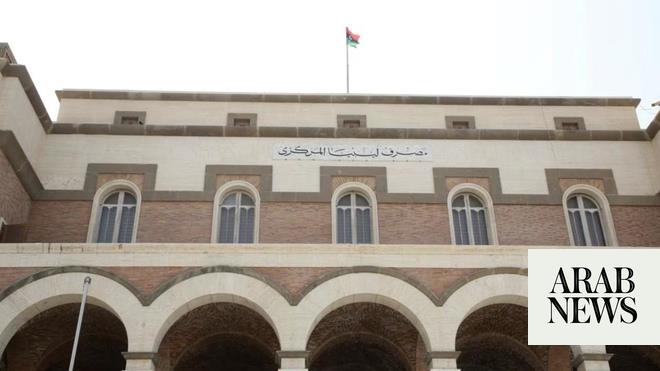
Between 1 March 2011 and 31 March 2021, 306,887 civilians were killed in the ongoing war in Syria - the highest estimate yet of conflict-related deaths in the country, according to a new report published by the UN rights office (OHCHR) on Tuesday.
“The conflict-related casualty figures in this report are not simply a set of abstract numbers, but represent individual human beings,” UN High Commissioner for Human Rights Michelle Bachelet said, in a press release.
“The impact of the killing of each of these 306,887 civilians would have had a profound, reverberating impact on the family and community to which they belonged”.
Mandated by the UN Human Rights Council, the report documents 143,350 civilian deaths in detail, enhanced by statistical techniques of imputation and multiple systems estimation, to connect the dots on missing information.
Using these techniques, a further 163,537 civilian deaths were assessed to have occurred, in order to produce the stark new estimate.
“The work of civil society organizations and the UN in monitoring and documenting conflict-related deaths is key in helping these families and communities establish the truth, seek accountability and pursue effective remedies,” said Ms. Bachelet. “This analysis will also give a clearer sense of the severity and scale of the conflict”.
The report also disaggregates data for the documented deaths, including by age, gender, year, governorate, those likely responsible, and the weapon type used.
The 306,887 estimate translates to an average of 83 civilians suffering a violent death every day during the decade – representing “a staggering 1.5 percent of the total population,” according to the report.
It also triggers serious concerns as to “the failure of the parties to the conflict to respect international humanitarian law norms on the protection of civilians”.
“Let me be clear, these are the people killed as a direct result of war operations. This does not include the many, many more civilians who died due to the loss of access to healthcare, to food, to clean water and other essential human rights, which remain to be assessed,” said the High Commissioner.
The report set out the challenges in recording casualties during a conflict, beyond the immediate risk to those trying to access the sites of attacks.
“Where civil society actors undertake casualty recording, efforts...can put the recorders themselves at risk. They also face multiple challenges in their documentation efforts, including the collapse of their usual networks of information as people are on the move, displaced or in areas where there is a general information shutdown; the limited, or lack of, access to mobile data, Internet and electricity to collect and transmit information; limitations on their movements; and surveillance,” the report stated.
Information pertaining to different periods across the 10 years covered, was sourced from various local human rights centers as well as government records and those of OHCHR itself.
The process placed “individuals, their families and communities at the center by ensuring that those killed are not forgotten, and that information is available for accountability-related processes and to access a range of human rights,” the report states.
“Unless and until the conflict ends, there is a continued risk of civilian deaths. It is, therefore, critical that all States, the United Nations and civil society use all available means to end the conflict and support a transition to peace.” — UN News












